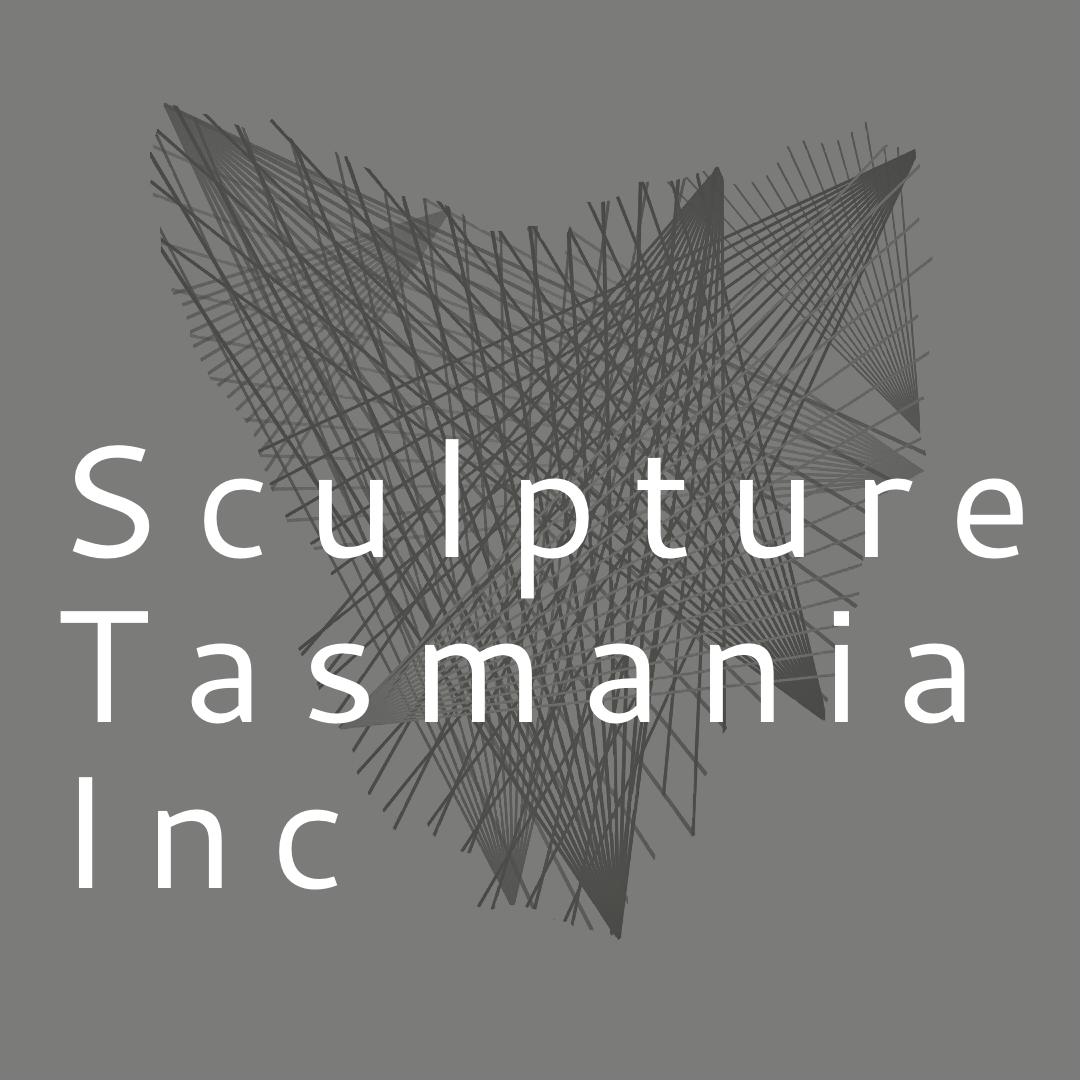 Image 1 of 3
Image 1 of 3

 Image 2 of 3
Image 2 of 3

 Image 3 of 3
Image 3 of 3




The Red Herrings of Ross
MHAIRI REVIE, 2022
Herring tins, Sardine tin, Archival paper, Charbonnel aqua wash ink, Drawing materials, Binder medium
3 miniature books:
5 (L) x 5 (W) x 1 (H) cm
5 (L) x 2.5 (W) x 3 (H) cm
12 (L) x 4 (W) x 5 (H) cm
About the artwork…
The work represents both a play on words, and a playfulness in the use of materials. I intend making a small series of concertina books of miniature drypoint etchings, drawings and localised limericks. The individual etching plates will be made from the tin lids of herring cans, with the images focusing on species introduced into the colony: rabbits, deer and foxes. These tiny works will be book-ended with the herring tin lids as covers.
The term, ‘red herring’ means false clue, decoy or distraction. Its first use in this context can be found in the late 1600’s, referring to an effective means for extending a fox hunt, with the lure of strong-smelling fish being used to distract the hounds from chasing rabbits. As diversionary tactics go, red herrings are typically designed to be logical fallacies: seemingly plausible, yet deceitfully paradoxical. In context of this work, books that are books but also tin cans can be seen as red herrings in themselves. A further red herring can be found in the layered approach of this work: it is playful, but at the same time more seriously representative of the nuances which can be found in the persistence of local (and indeed broader) social and environmental practices introduced into colonial societies.
About the artist…
I developed an interest in art practice in the mid-1980s to early-1990s when I regularly practiced life drawing, linocut and silk screen printing, drawing and portraiture. Through subsequent employment in government, I have acquired considerable competency in developing and supporting often arts-based programs responding to community need, as well as forming guidelines for public art at local government level. In 2005 I completed a Master of Public Policy & Governance through Deakin University, formalizing knowledge of community cultural development, and the mechanisms for generating projects. In my current return to art-making I am inspired by the representation of the natural environment: contours and bathymetry; geography/mapping; natural river behaviour, including the various interactions between rivers and the natural and built environments in which they exist; and our native as well as introduced flora and fauna. Equally my art-making is inspired by a deep interest in sociocultural representations of our social environment, including gender, linguistics (inclusive of pragmatics and etymology) and the role of society in disaster causation. My current arts practice focuses primarily on printmaking (linocut and etching), drawing, collage and mixed media.
MHAIRI REVIE, 2022
Herring tins, Sardine tin, Archival paper, Charbonnel aqua wash ink, Drawing materials, Binder medium
3 miniature books:
5 (L) x 5 (W) x 1 (H) cm
5 (L) x 2.5 (W) x 3 (H) cm
12 (L) x 4 (W) x 5 (H) cm
About the artwork…
The work represents both a play on words, and a playfulness in the use of materials. I intend making a small series of concertina books of miniature drypoint etchings, drawings and localised limericks. The individual etching plates will be made from the tin lids of herring cans, with the images focusing on species introduced into the colony: rabbits, deer and foxes. These tiny works will be book-ended with the herring tin lids as covers.
The term, ‘red herring’ means false clue, decoy or distraction. Its first use in this context can be found in the late 1600’s, referring to an effective means for extending a fox hunt, with the lure of strong-smelling fish being used to distract the hounds from chasing rabbits. As diversionary tactics go, red herrings are typically designed to be logical fallacies: seemingly plausible, yet deceitfully paradoxical. In context of this work, books that are books but also tin cans can be seen as red herrings in themselves. A further red herring can be found in the layered approach of this work: it is playful, but at the same time more seriously representative of the nuances which can be found in the persistence of local (and indeed broader) social and environmental practices introduced into colonial societies.
About the artist…
I developed an interest in art practice in the mid-1980s to early-1990s when I regularly practiced life drawing, linocut and silk screen printing, drawing and portraiture. Through subsequent employment in government, I have acquired considerable competency in developing and supporting often arts-based programs responding to community need, as well as forming guidelines for public art at local government level. In 2005 I completed a Master of Public Policy & Governance through Deakin University, formalizing knowledge of community cultural development, and the mechanisms for generating projects. In my current return to art-making I am inspired by the representation of the natural environment: contours and bathymetry; geography/mapping; natural river behaviour, including the various interactions between rivers and the natural and built environments in which they exist; and our native as well as introduced flora and fauna. Equally my art-making is inspired by a deep interest in sociocultural representations of our social environment, including gender, linguistics (inclusive of pragmatics and etymology) and the role of society in disaster causation. My current arts practice focuses primarily on printmaking (linocut and etching), drawing, collage and mixed media.
Sculpture to be collected post-exhibition on November 6 2022 from the Thistle Inn Stable Gallery, Church street, Ross.
